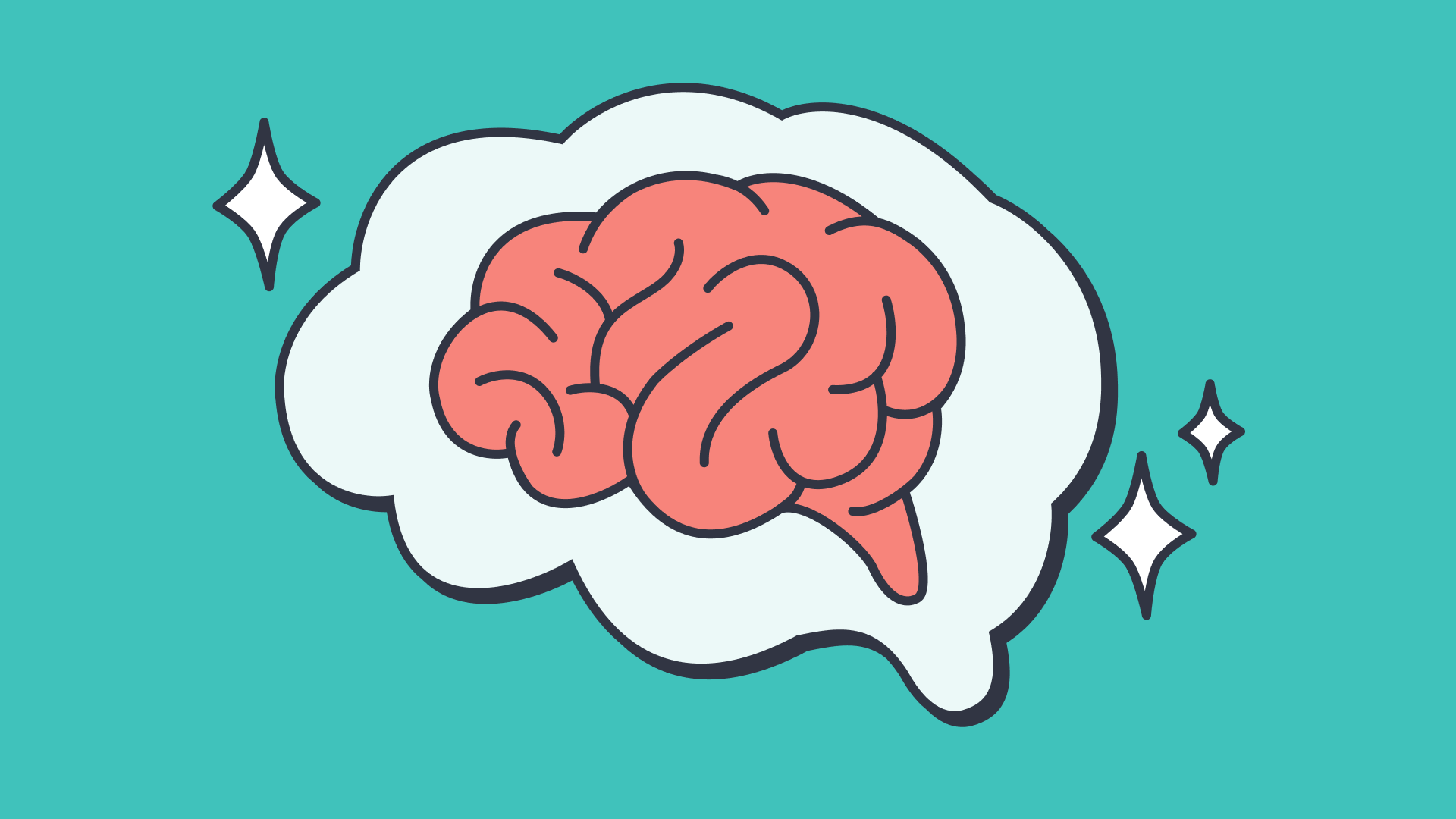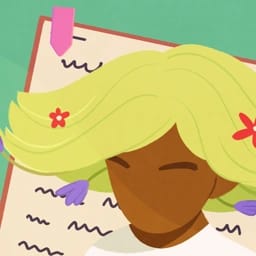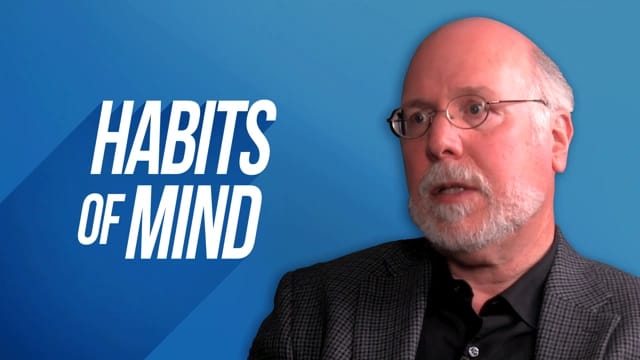5 Metacognitive strategies for classroom learning
In this guide
How can metacognitive strategies help classroom learning?
Metacognition is defined as being self aware of your own thoughts and learning process. This requires understanding the situation and what might best support you.
In the classroom, this involves teachers being the guide for their students, as they navigate this concept. Depending on their age and abilities, this could look very different. But it all relates to helping students understand how they learn, and to analyse concepts at a higher level.
The core of metacognitive strategies revolves around the idea that students should be “digging deeper” and not just spitting out information. If students are tasked with paraphrasing, for example, they will need to fully understand the material and decide how to summarise in an abbreviated way. That calls for higher levels of thinking.
The image below is a diagram of Bloom’s Taxonomy, which is a chart of the different categories of strategies that can be used in the classroom. The ultimate goal is to help your students reach the top level of learning and understanding.
As you can see, even though asking students to describe something is mentioned, for example, it is only one of many techniques that should be used in the classroom.

1) Explicit teaching
This strategy encompasses a lot of elements. It essentially means that your teaching should be specific, and it should have a purpose. This includes:
- Be intentional: This is exactly how it sounds. Be purposeful. If you’re aware of the purpose of the teaching, and what your intentions are, it will be more effective and powerful. Try to think carefully about what you’re teaching and why you’re teaching it.
- Activate prior knowledge: This is a common term used in the education field. It means that you’re asking students to pull from prior learning, apply it to a current lesson or activity. This strategy builds on what they’ve learned in the past, and bridges the learning they do going forward.
- Use a variety of approaches: This means keep it interesting. Have them work independently, in partners, in groups, as a whole class. Incorporate writing, reading, discussing, listening, watching, creating, moving, etc. Every day and every lesson shouldn’t look and feel exactly the same way.
2) Support student progress

This is essential to metacognition. The purpose is to guide students through planning, monitoring and evaluating their work and progress in your classroom.
This takes planning and effort on your part. You will need to establish early on that you will be helping them assess and evaluate themselves, so they can see growth in their skills.
This can look a variety of ways:
- Portfolio: See my blog on How and why to create a student portfolio. This would be a progressive assessment tool that would definitely invite independence and autonomy.
- Progress chart: It could just be a simple chart or graph that they update throughout the year, to have a visual of how they are doing in your class. Students take ownership of their own progress.
- Track grades: I’ve had students track all of the scores they received on assignments for an entire grading period, then observe trends and create goals for the next grading period.
- 1:1 meetings: I’ve also met with students one-on-one, and spoken with them about these trends, and what I have observed.
And any of this could be combined with a periodical written reflection. That provides a chance for students to pause and evaluate and possibly pivot, in order to see success. This video explains the purpose for self-reflection and examples of how to help students with this process: Young Leaders in Schools-Foundation: Self-Awareness: Self-Reflection
3) Develop rubrics

Another way that students can have a better understanding of their learning and progress in your class, is through rubrics. This is where you have provided them with a very clear matrix of expectations, and how they can earn a particular mark on an assignment or project.
The idea is that you explain the standards of what you are looking for in the assignment, then students use this as a guide for completing the assigned task. Ideally, they receive this at the very beginning, so it is clear from the start what is expected of them.
A rubric can look a lot of different ways, depending on your teaching style, the assignment, and what your end goal is for students. You will need to figure that out before you create the rubric. It may help to answer these questions:
- What is the point of the assignment?
- What is the grading scale (percentages, points, etc.)?
- What would an exemplary assignment look like? What about an average one?
- Do you want them to just be able to demonstrate knowledge on the topic?
- Are they supposed to analyse or evaluate something?
- Should they be using colour and style?
- Does grammar and spelling count?
- What format should it be in (a poster board, Google Slides, an essay, etc.)?
- Is there a length requirement?
There may be more you’ll need to consider, but those should get the ball rolling. It’s important that the rubric is clear and concise.
4) Model thinking

You may be familiar with this strategy. It’s just like it sounds. A teacher verbalises their thought process during an activity, to model for students.
For example, a teacher may be reading a passage to the class. Then, the teacher pauses at a particular section, and says, “Hmm, I wonder why the main character acted that way. It seems like he might be mad. But why would he be mad?”
As the teacher, you’re not necessarily looking for responses from the students, or at least not right away. This may take some strategy and patience, as some students may want to answer or blurt out a response to your think-alouds.
But after some practice and consistency, students will become accustomed to this strategy. It’s about them observing and perhaps discussing later.
Some may think this would only be useful for the younger year levels, but I disagree. I believe students in all year levels can benefit from this strategy. Why? Let me explain.
During the earliest years (Kindergarten and Year 1, for example), students are learning how to learn. They often haven’t acquired the skill set or experience to process or analyse information. This makes the concept of modelling thinking essential.
However, even with older years (middle school, for example), they may need to hear some suggestions of how they should be evaluating text, or what kind of comment or idea you’re looking for on an assignment. Especially if the concept, text or assignment is complex.
When I taught Year 8 English, I would use the strategy on a regular basis. When reading a novel in class, I would stop to think out loud about something, like, “Why in the world did she do that? I don’t know if that’s how I would have reacted.”
This could open up a discussion on the perspectives of the class. Or sometimes it was just to give a demonstration for their own thought process.
No matter the year level or purpose, modelling thinking helps provide students an opportunity to hear strong examples of how they should be forming their questions and thoughts about the concepts. This could help pave the way for class discussions, or even individual responses to assignments.
And through this modelling, you are helping the students think critically. This video provides some insight into how to be successful in implementing the concept of critical thinking in class: Ideas Roadshow: Critical Thinking, Critically.
5) Questioning

This is a big one for me. Early on in my career, I noticed something about my teaching. I did not have high enough expectations for my students, especially when I was leading a discussion or looking for them to show learning.
My questions were low level, and so were the answers. I wasn’t challenging them or pushing them to think deeper. I was asking questions like, “What is the story about?” That’s low level and doesn’t take any research or analysis.
So, I pivoted and began to use stronger questioning strategies. And man, what a difference it made.
Whether you’re teaching the little ones or the older ones, you’d be amazed at their capabilities, if you just give them the opportunities to flourish. The saying is true, students will rise to the level of the bar you set.
So, what does this mean? It means that after that, I started to implement higher levels of questioning on a daily basis. I was intentional.
The questioning could be informal, like as a starter when they first walk in. Or, as a class/table discussion. It could also be used in a more official avenue, like on a test or as a writing prompt.
Really, it doesn’t matter. It’s more about providing students scenarios where they can dig deep and really branch out in their thinking. And you don’t let them just answer at the lower level.
For example, instead of asking, “What is the story about?”, you might ask one of these questions:
- “What other stories have you read that seem similar?”
- “What might happen next in the story?”
- “How would you have changed the ending of the story?”
- “What would have happened if the main character had made different choices?”
- “What do you think the message or theme is of this story?”
- “What parts of the story stood out to you the most, and why?”
Such questions make them pause to think, and really analyse their answer. And they can’t just find the answer literally written in the text. They have to come up with the answer themselves.
I also would often have a follow up question to their discussion responses. For example, if I had asked “What might happen in the story?”, I might follow that with, “How do you know that? What information leads you to that answer?”
Like the other strategies, it may take some practice. If students aren’t used to it, they may feel a little surprised and maybe even uncomfortable. So, it’s important that your class is a safe place that they feel okay with taking risks and maybe even making a mistake.
But like I mentioned, I have been pleasantly surprised time and time again by what my students have come up with, when I’ve given them the chance.
When I taught Year 8 U.S. history, I was teaching a lesson on political cartoons. I put several on the screen without any explanation or extra information. I gave them “Think Time”, then asked them what they thought the message was, and what clues lead them to that idea. And they blew it out of the water, every single time.
No matter the year level, questioning is a strategy that if used consistently and with fidelity, will help your students push themselves to think more critically, and challenge themselves. Which is what we want, right?
To Wrap Up
Metacognition relates to thinking about thinking, and essentially building a toolbox of skills to think critically and use higher levels of understanding. Teachers can help students with this by being the “guide on the side”, by using modelling and high expectations.
I encourage you to use these metacognitive strategies in your classroom. You just might find that you’re even more amazed at what your students can achieve, when you inspire them to set the bar high.
References
- Trickey, Sarah. 2020. “Bloom’s Taxonomy.” Teach With Mrs. T. https://www.teachwithmrst.com/post/bloom-s-taxonomy

Rebecca Robison
briefcase iconEducational Consultant/Middle School Teacher
Rebecca Robison is a former teacher with over 20 years of experience, ranging from 1st grade to 8th grade, and in multiple subjects. She retired from teaching in 2023, and has been working for ClickView ever since as an Educational Consultant and Blogger.
Other posts
Want more content like this?
Subscribe for blog updates, monthly video releases, trending topics, and exclusive content delivered straight to your inbox.











